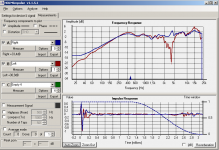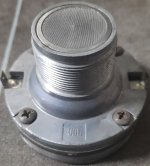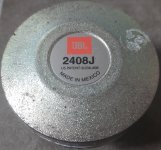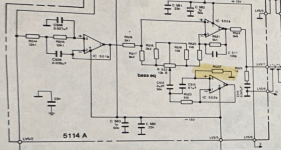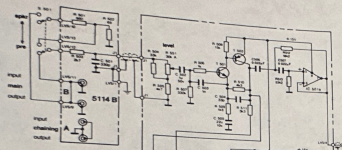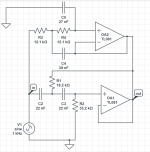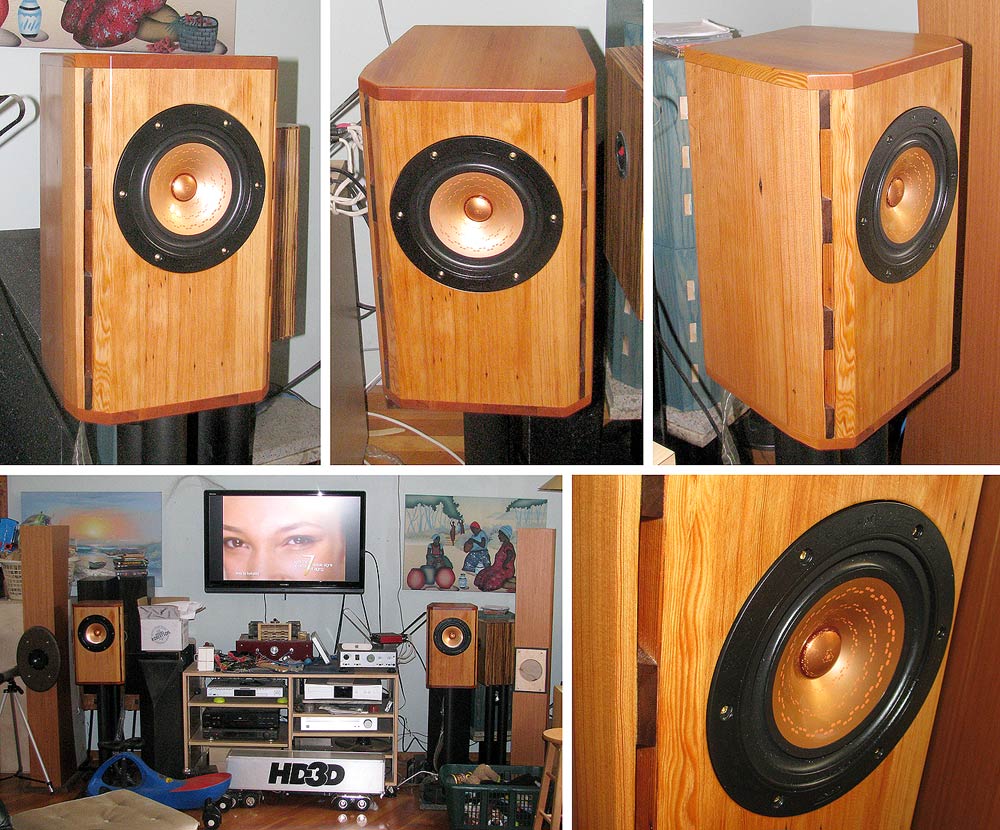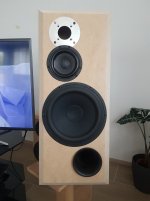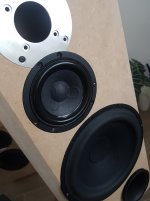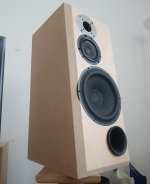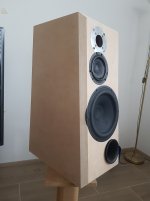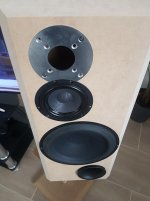Historical Background
Spoiler alert: strong heresy inside – Collectors please bail out NOW!
I know the Leak brand by reputation, and it has a
very strong following, even today. I had the opportunity to buy this Leak ST60 at the local flea market in the 80’s. I don’t remember what I paid, but it wasn’t exorbitant like it is nowadays.
I cleaned it up, re-tubed, replaced most capacitors, had a listen, and was disappointed: the sound was anemic, devoid of finer details, your typical “warm and fuzzy” sound of vintage gear. Maybe a tiny bit better than the old Quad II, but barely so.
It went on a long-term loan to a friend’s who didn’t like it either; it came back dead after a few months and spent many a year in a closet.
As-Is
The topology is loosely based on the Mullard circuit. Possibly to meet the high gain requirement of yesteryear, they used a 12AX7/ECC83 for the phase inverter, running at only about 0.8mA per leg. A most unfortunate design choice, shared only by Jadis AFAIK (and Mullard, but Mullard didn’t sell amps for a living).
Also questionable is the UL tap at 25%: this lets them extract a bit more power, at the expense of a more pentode-like behavior.
On top of questionable engineering decisions, I also have the feeling it was a company run by bean counters: the
output transformer 5 layers S/P/S/P/S, like a Dynaco, OK for mid-Fi.
But IMHO, 7 layers is the more “natural” configuration for ultra-linear, as illustrated
here:
Some of the upper-tier winders use 9 layers, and P. J. Walker (RIP), a direct competitor, went as far as 13 layers in the
Quad II (I just love PJ's go for broke approach)!
As a side note, here’s my plea to all commercial winders: please publish at least:
- The frequency response graph to min. 200KHz
- All inductances
- All capacitances
- If possible, distortion vs frequency graph
If you don’t, I’ll assume you don’t know what you’re talking about, and I’ll call the next guy in line. FYI, Partridge did nearly this, almost a century ago!
Back to the ST60: another thing I don’t like is the 0.3H choke: this is the smallest one I’ve seen in any amp, decent or otherwise! Just enough to get away with it, right, guys? Me, I’m not even sure it’s enough to protect the GZ34 before it from the brutality of the 360uF reservoir caps I use.
So, the philosophical question: what justifies the cult-like following of this brand?
Measurements, then
At the time of purchase, the THD, the Holy Grail according to Leak’s selling pitch, is kind of OK, at about 0.2% at 1kc/s. The biggest surprise is the open loop bandwidth: a whopping 3kc/s (you read right: three thousand cycles per second), worthy of an IC opamp!!!
The gear I used at that time was the very temperamental Radford DMS 3 (<0.002% THD).
Also, the power vs load is narrower than that of an ARC D70. This is surprising because the D70 is almost a true tetrode design with only a small amount of cathode feedback, while the ST60 is ultra-linear, but only at 25%.
Some 40 years after the fact, I decided to take it out of the closet and see if I could make it better, without doing anything drastic like drilling holes or otherwise butchering the chassis.
The objectives
My priorities are:
- De-opamp (not a verb) by moving the dominant pole to 10KHz or more.
- De-starve (not a verb) the low-level stages.
- Reduce the overall gain and the loop gain.
- Nice to have: add a triode pentode switch.
Note that all of the above go nicely together.
The mods
First thing first: the ECC83 in the phase inverter must go: what I have in mind is the superb E80CC. Because they don’t come easy, my plan B is the 12BH7: they are electrically similar enough to be considered drop-in replacements. A bit over 3mA per leg should do nicely, and a tail of 18K lets me direct couple the phase inverter to the input tube, saving a low frequency pole. A small trim pot is added to a plate resistor to balance the amp.
The input ECC83 will have to go too: nothing wrong with it, just too much gain. The ECC81/12AT7 I picked is a questionable choice, I know: it’s the least linear of the popular ECC81/2/3 trio. We’ll see.
The purpose of these mods is to fulfill prio #2 above, which fulfills prio #1.
High bandwidth, low feedback, “This Is The Way”.
The output stage is largely unchanged, even though I’m not comfy with self-biasing. But lots of Brits love it, so why not? The only minor tweaks are:
- Grid leaks are changed from the original 680K down to 470K as per the datasheet.
- 100R screen-grid stopper resistors are added.
- A triode/pentode switch is added.
The only rule I bend is the cathode bypass caps: 33uF, down from the original 50uF. I know, they should be 100uF+ for low frequency stability, but then they are critical pieces, sound-wise, so the dirt cheap Chinese 33uF MKP are fitted. The coupling caps are also MKP’s.
Plea of guilt: I stole many ideas from the excellent article Kara Chaffee published in the March 2001 issue of Audio Xpress.
The power supply
The power supply is beefed up with a couple of Nichicon 180uF 600V, bypassed with 0.1uF MKP; don’t cheap out on the voltage ratings. Additional filtering for the low-level stages with 2x50uF by JJ, bypassed as well; these are slightly less good than the Nichicon, with D = 0.2 vs 0.1 for the Japanese, after reforming. I also added snubbers and a ground breaker.
The sim
This looks good on screen: THD down an order of magnitude, open-loop bandwidth up >15x.
Life is good… just DON’T BUILD THIS!
The tube line-up for the measurements
| Pos. | Id | Status | Brand | Type | Ia (mA) | Gm (mA/V) |
| V3R | 1 | NOS | =C= / SED | EL34 | 82 | 10 |
| V4R | 3 | NOS | =C= / SED | EL34 | 83 | 10 |
| V3L | 2 | NOS | =C= / SED | EL34 | 70 | 9 |
| V4L | 4 | NOS | =C= / SED | EL34 | 81 | 10 |
| V2R | 11 | Used | RCA | 12BH7A | 9.3/9.6 | 2.9/3.0 |
| V2L | 10 | Used | RCA | 12BH7A | 9.0/10.2 | 2.2/2.6 |
| V1 | 19 | Used | Siemens | E81CC | | 7.0/8.2 |
| V5 | | NOS | Sovtek | GZ34 | | |
NB1: Ia & Gm are from my Metrix U61B tube tester – They are not operating conditions in the amp. And yes, V3L is quite a bit off, even though I paid the price for a “matched” quad.
NB2: the E81CC is probably a relabeled Tesla. They’re alright.
The reality
Life is hard. The output transformer is hard. Modeling the output trafo is just as hard. Measuring this whole affair is not any easier.
After implementing all the mods and tweaking the balance pot of the PI for minimum THD, I played it safe and did an open-loop test, so far so good:
The open loop performance is not too shabby. I even suspect I could live with it as is, maybe with an ECC82 at the input to further reduce the gain, or even omit it all together, à la Fender.
But as soon as I close the FB loop, it oscillates, of course. This is expected, but the OPT model I’m using rules out any solution by simulation. Also, the limitations of my digital instrumentation make me blind: anyone sees anything beyond the right-hand side of the chart above? Too bad, it’s the limit of the sampling frequency.
The archeology
A little digging brings out some long-forgotten treasures: a vintage HP 3400A RMS voltmeter, a B&K 3010 function generator, pen, paper, and Excel. I know, a gadget like the Analog Discovery 2 would make my life less miserable, but I don’t have it. Or maybe E1DA’s Cosmos ADC: it should do 384KHz; this one is on my to-buy list. Anyway, here’s what gives, with my vintage all-analog lab:
Open loop, no compensation:
Voilà: the dip at 70KHz and the peak at 90KHz are compliment of the OPT and ignored by the digital gear. Who says life in audio stops at 20KHz? Gimme 1MHz anytime!
Don’t pay attention to the anomaly at 10Hz, probably a human error: remember, it’s pen and paper time. And the early roll-off of the bass is caused by the small cathode bypass.
Now I can trial-and-error (not a verb) my merry way. Simple enough:
- Feedback resistor is 1.2K
- Drop the lag-zero resistor R21.
- Remove the lead cap C9 for the moment.
- Mess with the lag cap C16. The OK-ish range is between 200 and 680p. I picked 390p, 630V polystyrene because that’s what I have.
- Mess with the lead cap for the least bad compromise: it moves the peak up/down and left/right a bit; the OK-ish range is 1-2nF. I chose 1680p: 1nF // 680p, polystyrene too; the choice is also inventory bound. There’s no magic value that eliminate the resonance.
The open-loop gain is 146 or 43dB.
The closed-loop gain is 17.5 or 25dB, for 18dB of feedback.
The overall stability margin is better than 6dB.
Closed loop, ultra-linear:
Triode:
Square wave UL mode 8R load
Just a tiny bit of oscillation caused by the self-resonance.
Patrick Turner (RIP) suggested the use of a small ferrite (evil!) inductor. Me, I see no reason why I should let in yet another reactive meanie, even an air-cored one, so I just ignore it.
Square wave UL mode 8R+1uF load
Square wave Triode mode 8R load
Square wave Triode mode 8R+1uF load
Final schematic
I’m attaching all the LTspice stuff, including the stolen ones. If I forgot to give credits to any rightful owners, please take this as my group apology.
Spice: postmortem
The first output transformer model I used is from
McLean; it doesn’t model the parasitic capacitances, and so the self-resonance doesn’t show up. Of course, you can add series/parallel caps externally, but I don’t feel comfy with the results: in order to approximate the experimental findings, I have to add series caps (prim to sec) of the order of 10nF instead of the measured 2-3nF, which doesn’t add up.
The second model is from
Ite, it supports parasitic capacitances, but it also has similar discrepancies as the first one.
Any output transformer AND LTspice guru out there?
Btw, in LTspice, the .ac command almost always converge; .trans will converge if the circuit is not oscillating too badly. IOW, during a .tran sim, if nothing useful happens after a few seconds, halt and add more compensation.
Totally OT side note: the new version of the forum software no longer limits the length of a post. However, you can't attach more than 20 items at a time.
TBC...
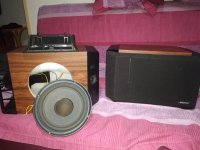
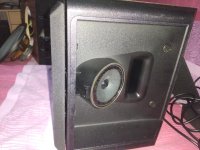
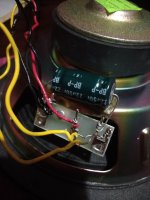
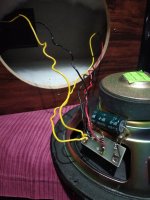
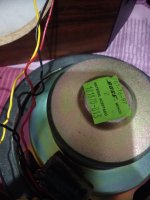

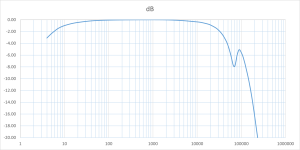
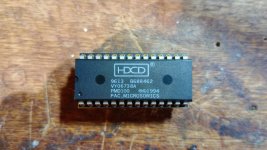
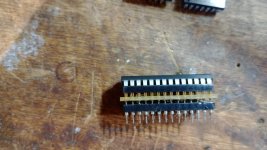
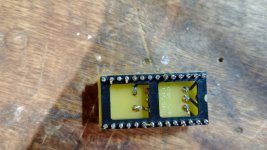
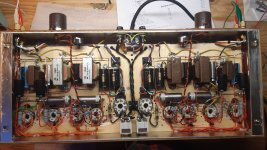
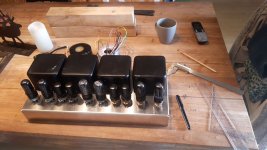
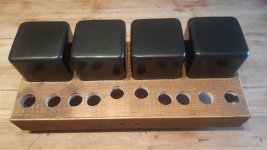
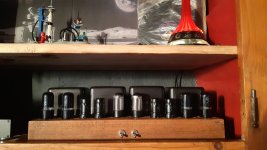
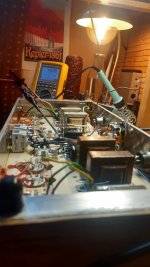
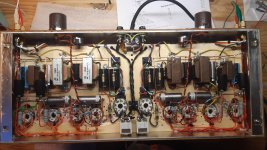
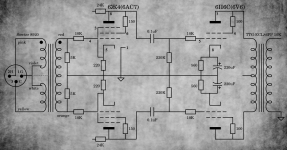
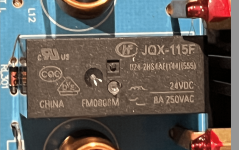
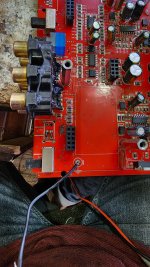
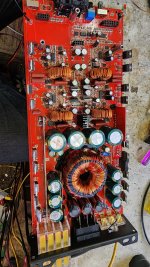
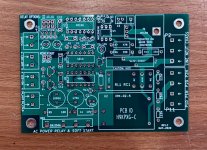
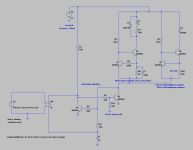

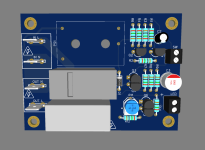


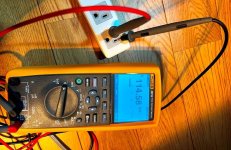
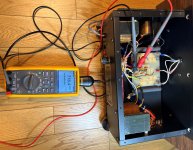
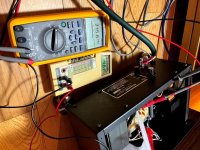

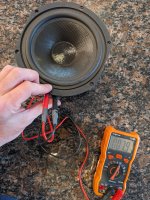

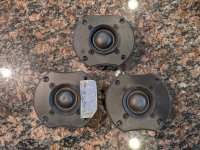
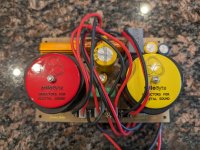
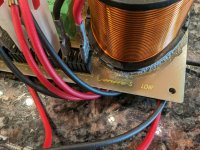

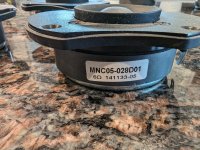
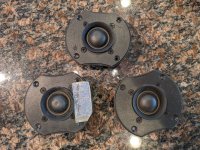
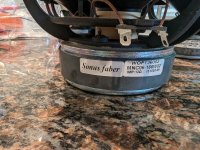
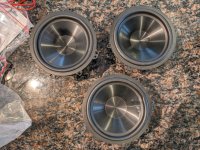
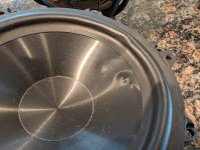
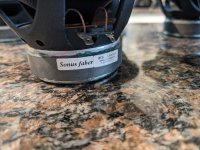


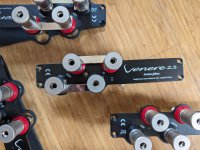
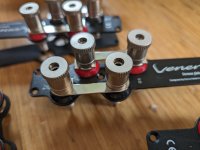

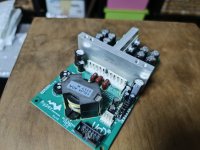
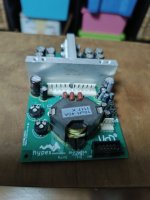
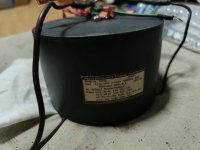
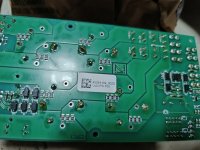
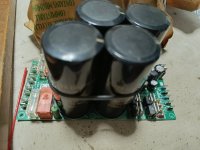
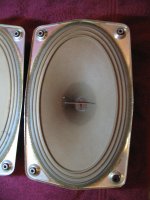
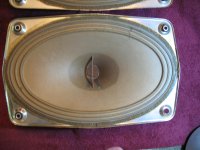
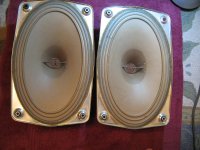
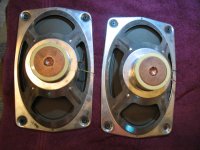
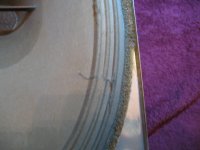
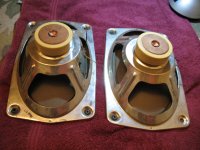
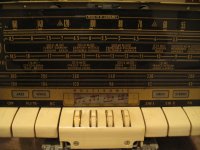
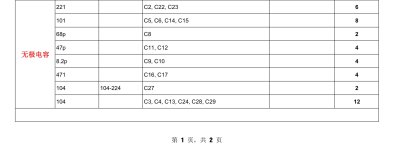

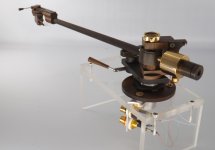
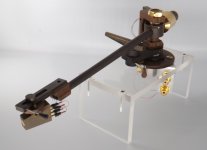
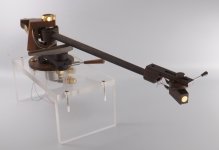
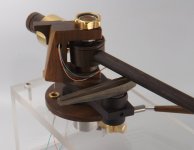
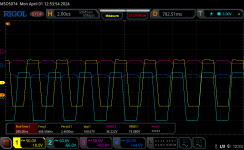
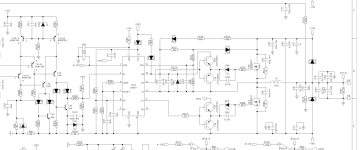
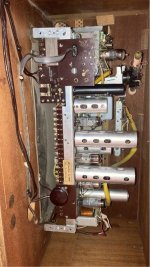

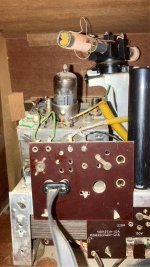
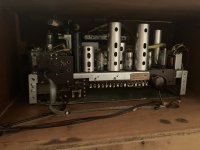
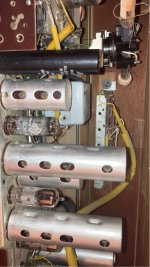
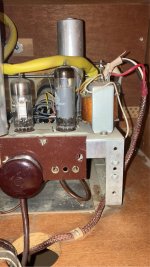
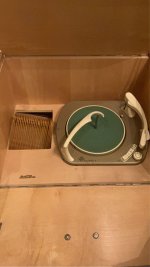
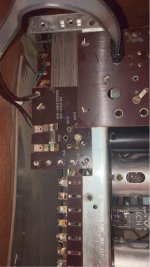
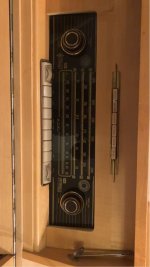
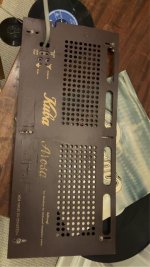

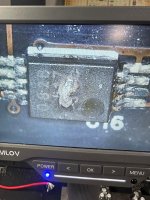
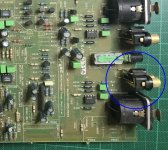
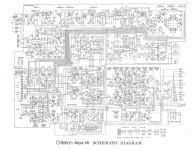
 Thread split from
Thread split from 